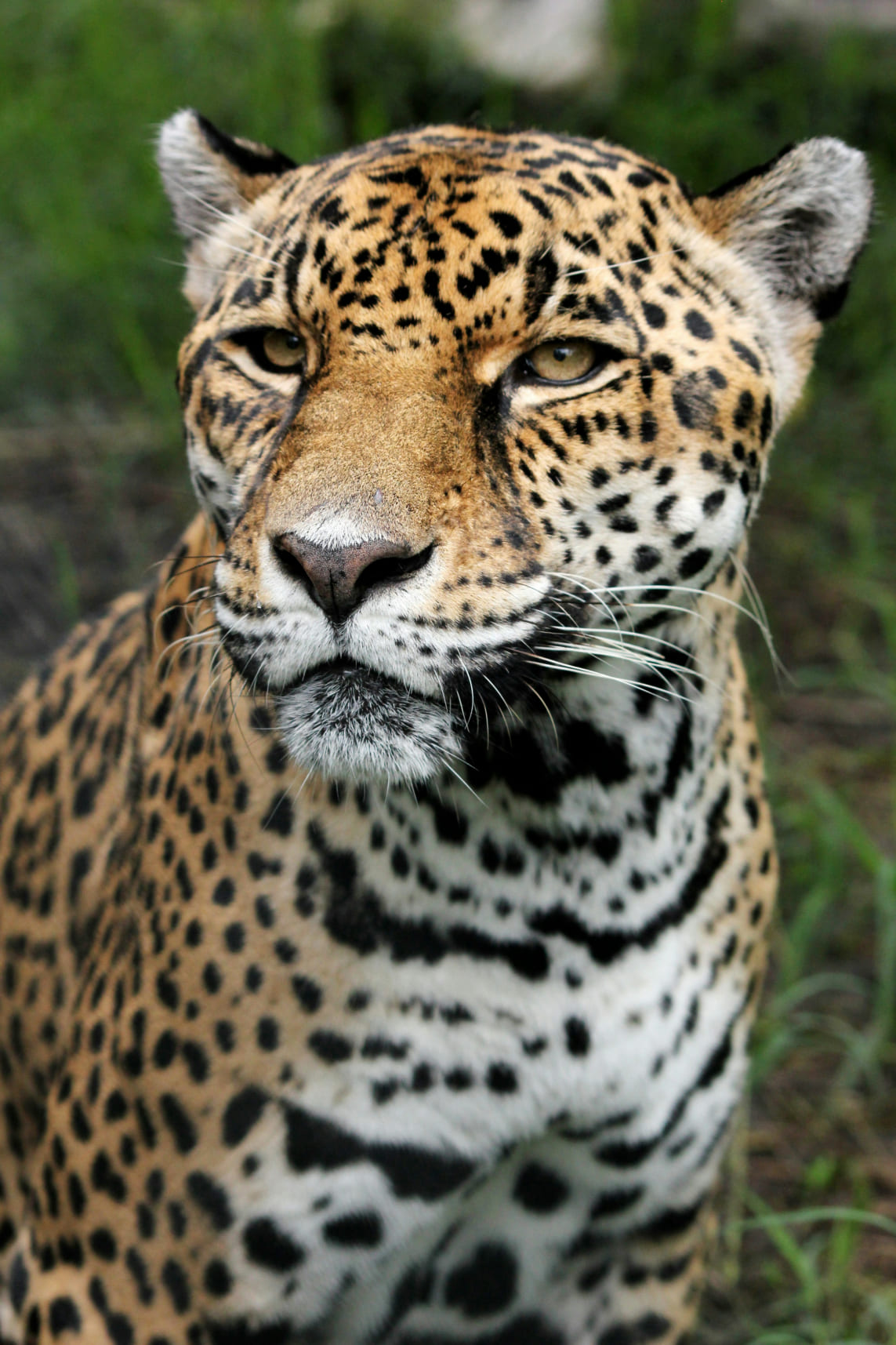
Animals
Leopard: Nature’s Quintessential Survivor

The leopard (Panthera pardus) stands as one of the most versatile and widespread big cats, with an evolutionary history that spans millions of years. Leopards evolved from a common ancestor shared with lions, tigers, and jaguars, adapting to a wide array of environments from African savannahs to Asian mountains.
Renowned for their stealth and agility, leopards are capable hunters, often dragging prey into trees to avoid scavengers. Their distinctive rosette-patterned coats not only provide camouflage but also highlight their regional adaptations. For instance, leopards in colder regions have thicker coats, while those in arid areas exhibit lighter, sand-colored fur.
Leopards’ ability to coexist with humans has contributed to their evolutionary success. However, habitat loss and illegal wildlife trade remain significant threats. As a symbol of resilience, leopards remind us of the delicate balance between survival and conservation in a rapidly changing world.